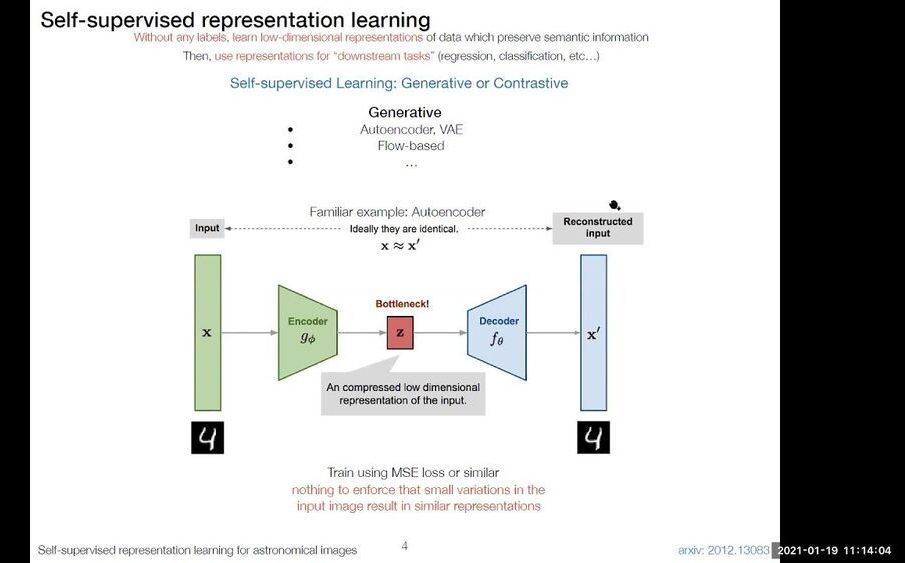Jul 13, 2021
Scientists identify 29 planets where aliens could observe Earth
Posted by Quinn Sena in category: space
Astronomers estimate 29 habitable planets are positioned to see Earth transit and intercept human broadcasts.
Astronomers estimate 29 habitable planets are positioned to see Earth transit and intercept human broadcasts.
Immortality DNA strands found in humans.
Distributed stem cells (DSCs), which continuously divide asymmetrically to replenish mature tissue cells, adopt a special form of mitotic chromosome segregation. Chromosome segregation is nonrandom instead of random. DSCs cosegregate the set of sister chromosomes with the older of the two template DNA strands used for semiconservative DNA replication during the preceding S phase. Neither the responsible molecular mechanisms nor the cellular function of nonrandom segregation are known. Here, we report evidence that immortal strand chromosomes have a higher level of cytosine 5-hydroxymethylation than mortal chromosomes, which contain the younger DNA template strands. We propose that asymmetric chromosomal 5-hydroxymethylation is a key element of a cellular mechanism by which DSCs distinguish older DNA template strands from younger ones.
Immortal strands are the targeted chromosomal DNA strands of nonrandom sister chromatid segregation, a mitotic chromosome segregation pattern unique to asymmetrically self-renewing distributed stem cells (DSCs). By nonrandom segregation, immortal DNA strands become the oldest DNA strands in asymmetrically self-renewing DSCs. Nonrandom segregation of immortal DNA strands may limit DSC mutagenesis, preserve DSC fate, and contribute to DSC aging. The mechanisms responsible for specification and maintenance of immortal DNA strands are unknown. To discover clues to these mechanisms, we investigated the 5-methylcytosine and 5-hydroxymethylcytosine (5hmC) content on chromosomes in mouse hair follicle DSCs during nonrandom segregation. Although 5-methylcytosine content did not differ significantly, the relative content of 5hmC was significantly higher in chromosomes containing immortal DNA strands than in opposed mitotic chromosomes containing younger mortal DNA strands.
Given this idea could be scaled up to revive even deceased humans essentially like the tardigrade does.
Arctic ice dating to 24000 years ago held frozen microscopic animals called rotifers. Scientists just brought them back to life.
Lawyers and venture capitalists said DeFi inhabits a largely unregulated grey area that could face pressure from the new Securities and Exchange Commission chair Gary Gensler. Some investors drew comparisons between DeFi and the boom in initial coin offerings four years ago, which collapsed following interventions by regulators.
Wave of ‘DeFi’ projects aim to reinvent exchanges, insurance, lending and more.
If there’s alien life nearby, where are we most likely to find it?
From nearby planets like Venus and Mars, to distant moons like Europa and Titan, these are worlds where we’re most likely to find alien life.

Daniel Schmachtenberger is a philosopher and founding member of The Consilience Project. Please support this podcast by checking out our sponsors:
- Ground News: https://ground.news/lex.
- NetSuite: http://netsuite.com/lex to get free product tour.
- Four Sigmatic: https://foursigmatic.com/lex and use code LexPod to get up to 60% off.
- Magic Spoon: https://magicspoon.com/lex and use code LEX to get $5 off.
- BetterHelp: https://betterhelp.com/lex to get 10% off.
EPISODE LINKS:
Daniel’s Website: https://civilizationemerging.com/
The Consilience Project: https://consilienceproject.org/
The homes we inhabit in the 2020s could serve as a personal headquarters for building the good society. How can a house help create a more positive future? Here are four ways the home of the future might support meaningful personal commitment to the greater good.
During the pandemic lockdown period, a new wave of civic engagement has taken hold. A trend called Advocate From Home (AFH) takes the form of digital organizing (e-mail, text banking, content production) for political, ecological, social and economic justice, often using work-from-home tools.
Households are embracing renewables in terms of solar energy and decentralized systems with independent home batteries. There are revolutions happening in the world of clean kinetic energy that could transform our spaces by allowing objects to collect and then transmit power. Future homes may be self-sustaining in terms of power and energy needs.

One way people express environmentalist values at home is through a love of nature. Outdoors, there are green options for the visionary homeowner, such as garden plots, low-intensive watering solutions, use of native plants and compost bins. Inside the home, people are gravitating to hydroponically grown vegetables and herbs. Indoor plants of all kinds are at the height of interior design trends and architecture is looking to biomimicry for sustainable ideas. Pets outnumber children in US homes.
Tags: architecture, design, sustainability
Landfill, aka garbage dumps or tips, can, under the right conditions, be converted into solar farms once they’re capped.

Sky surveys are invaluable for exploring the universe, allowing celestial objects to be catalogued and analyzed without the need for lengthy observations. But in providing a general map or image of a region of the sky, they are also one of the largest data generators in science, currently imaging tens of millions to billions of galaxies over the lifetime of an individual survey. In the near future, for example, the Vera C. Rubin Observatory in Chile will produce 20 TB of data per night, generate about 10 million alerts daily, and end with a final data set of 60 PB in size.
As a result, sky surveys have become increasingly labor-intensive when it comes to sifting through the gathered datasets to find the most relevant information or new discovery. In recent years machine learning has added a welcome twist to the process, primarily in the form of supervised and unsupervised algorithms used to train the computer models that mine the data. But these approaches present their own challenges; for example, supervised learning requires image labels that must be manually assigned, a task that is not only time-consuming but restrictive in scope; at present, only about 1% of all known galaxies have been assigned such labels.
Continue reading “Self-supervised machine learning adds depth, breadth and speed to sky surveys” »